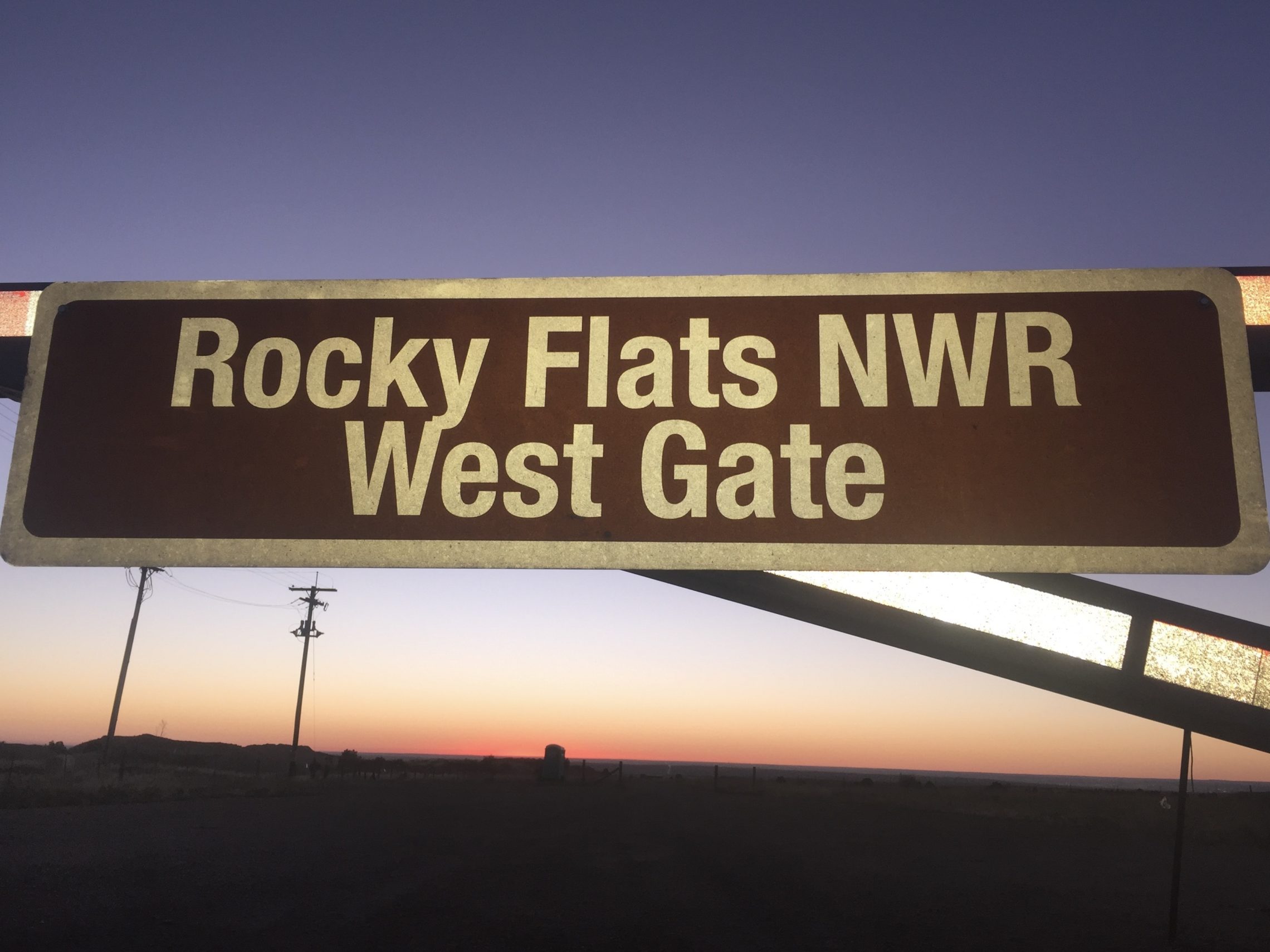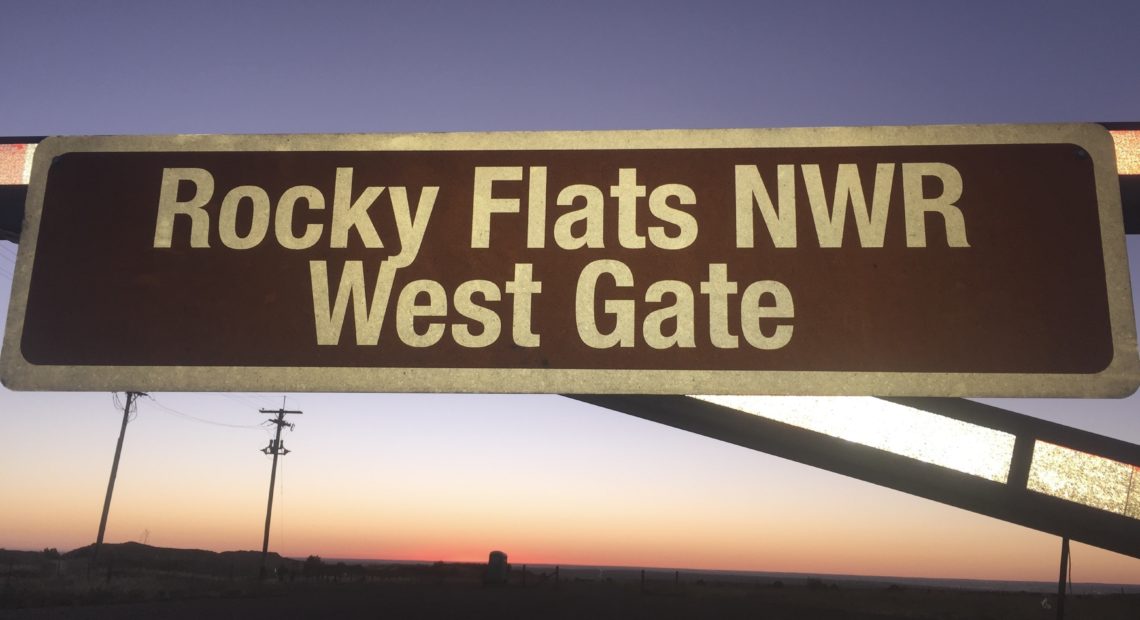
Once Making Nuclear Weapons, Rocky Flats Wildlife Refuge Now Hosts Migratory Birds
Listen
BY DAN BOYCE
The Rocky Flats National Wildlife Refuge sits on more than 5,000 acres of trees, wetlands and pristine rolling prairie about 16 miles northwest of Denver. It hosts 239 migratory and resident species, from falcons and elk to the threatened Preble’s meadow jumping mouse.
It also used to be the site of a federal nuclear weapons facility — and it’s reopening to the public this weekend.
From 1952 to 1989, a small community lay inside the borders of the modern-day refuge, creating plutonium “pits” — grapefruit-sized spheres used as triggers for the country’s thermonuclear weapons. Rocky Flats closed with the end of the Cold War, and federal and state agencies oversaw a more than $7 billion demolition and cleanup of the area.
The cleanup concluded in 2005. The actual site of the former buildings will remain fenced off forever. It’s the land that used to serve as a buffer around Rocky Flats that’s reopening this weekend.
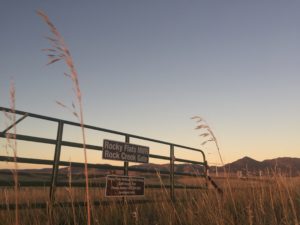
The U.S. Fish and Wildlife Service says Rocky Flats hosts 239 migratory and resident species from Falcons and Elk to the threatened Preble’s meadow jumping mouse. CREDIT: DAN BOYCE/NPR
The Environmental Protection Agency says soil was tested in this buffer zone and determined safe for “unlimited use and unrestricted exposure” more than a decade ago.
But there are skeptics. One of them is University of South Carolina Biological Sciences Professor Tim Mousseau. He is not convinced study of the grounds has been nearly rigorous enough. He says there is still plutonium in the soil around Rocky Flats.
“Just the simple action of walking through some of these areas during the dry season will kick up the dust from the ground,” Mousseau says.
Plutonium particles could be floating in that dust. Mousseau says even the smallest, most imperceptible particles can be ingested and lodge in the lungs.
“Often they don’t get released, they get stuck there for the entire life of the organism,” he says, adding that could, in theory, lead to higher cancer risk.
Seven local school districts have prohibited field trips to the area, and several lawsuits are looking to keep the refuge closed off to the public — including one from the adjacent town of Superior.
The worry is that hikers and bikers taking advantage of 11 miles of new dirt and gravel trails in the refuge will be kicking up a lot of dust.
Attorney Tim Gablehouse is representing Superior. He says the government has not done a full environmental assessment on what the effects could be from recreational use, and the threat of dust from Rocky Flats being carried into wider connected trail systems and into Superior itself.
“We’re saying they should not open it to the public until they’ve done that study,” Gablehouse says.
Both the U.S. Fish and Wildlife Service and the EPA declined interview requests for this story. But, in a statement, Regional EPA Administrator Doug Benevento calls Rocky Flats “among the most studied and well-understood pieces of property in the United States.”
He said he looks forward to visiting with his family in the fall.
Related Stories:
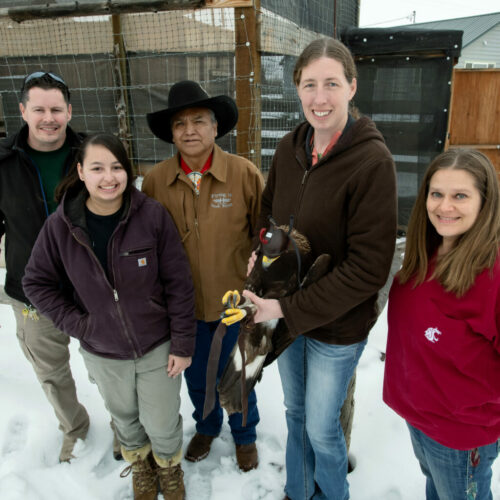
New golden eagle to provide Yakama Nation with sacred ceremonial feathers
Yakama Nation aviary biologists Michael Beckler (left) and Alyssa Woodward pose for a photo with Yakama Nation Tribal Council member Terry Heemsah (center) as Washington State University wildlife veterinarian Dr.
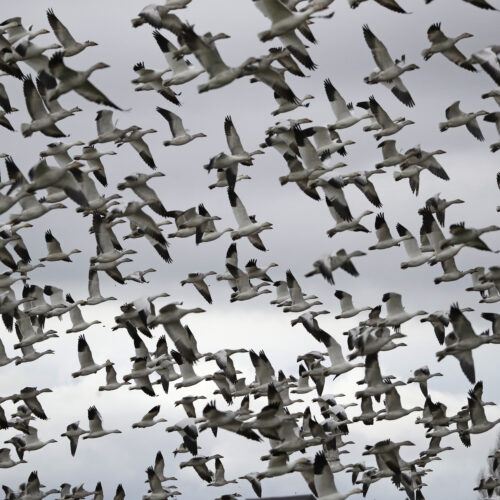
Interior Department Moves To Make It Illegal (Again) To Accidentally Kill Migratory Birds
The Interior Department rescinded a controversial Trump-era legal opinion Monday that limited the scope of the Migratory Bird Treaty Act. It also said it will soon propose a rule to replace one enacted at the end of the Trump administration that did the same.
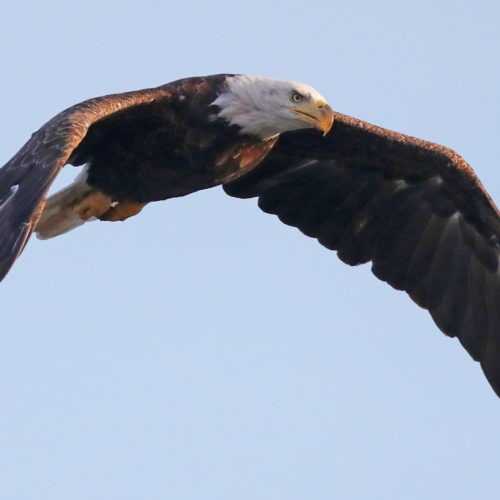
Eagles And Mockingbirds Catch A Break As Judge Strikes Down Federal Migratory Bird Opinion
In 2017, the Trump administration scaled back protections of the Migratory Bird Treaty Act. A federal judge has now struck down the rule change — and cited “To Kill a Mockingbird” in so doing.

